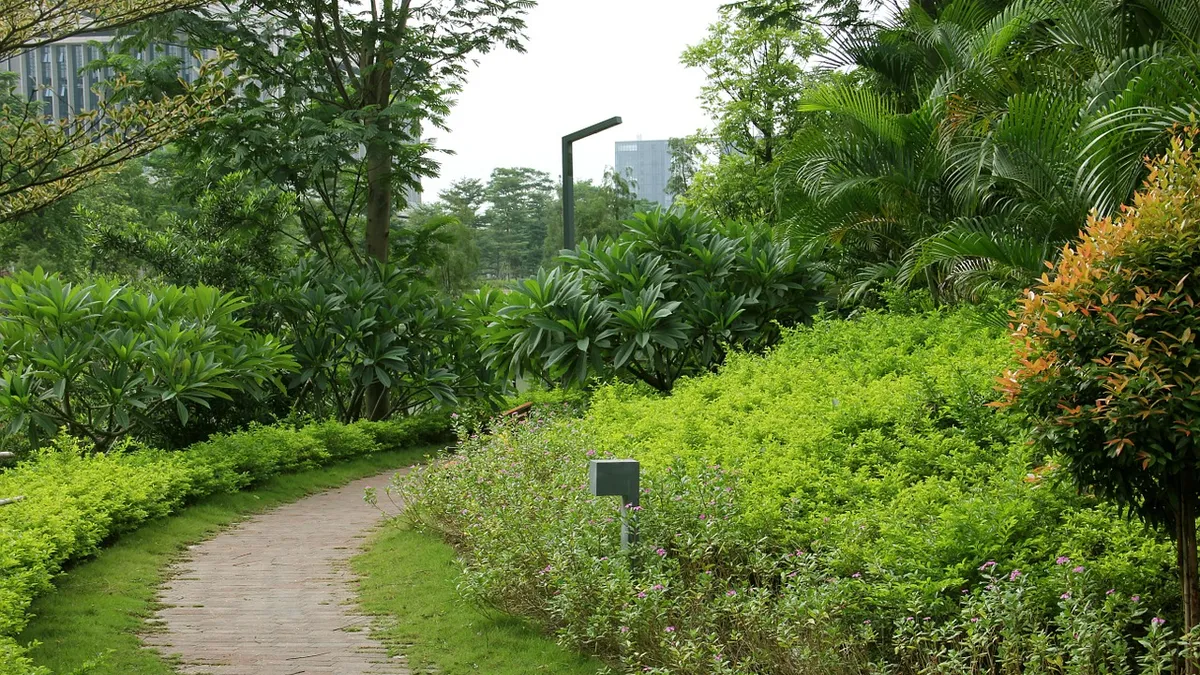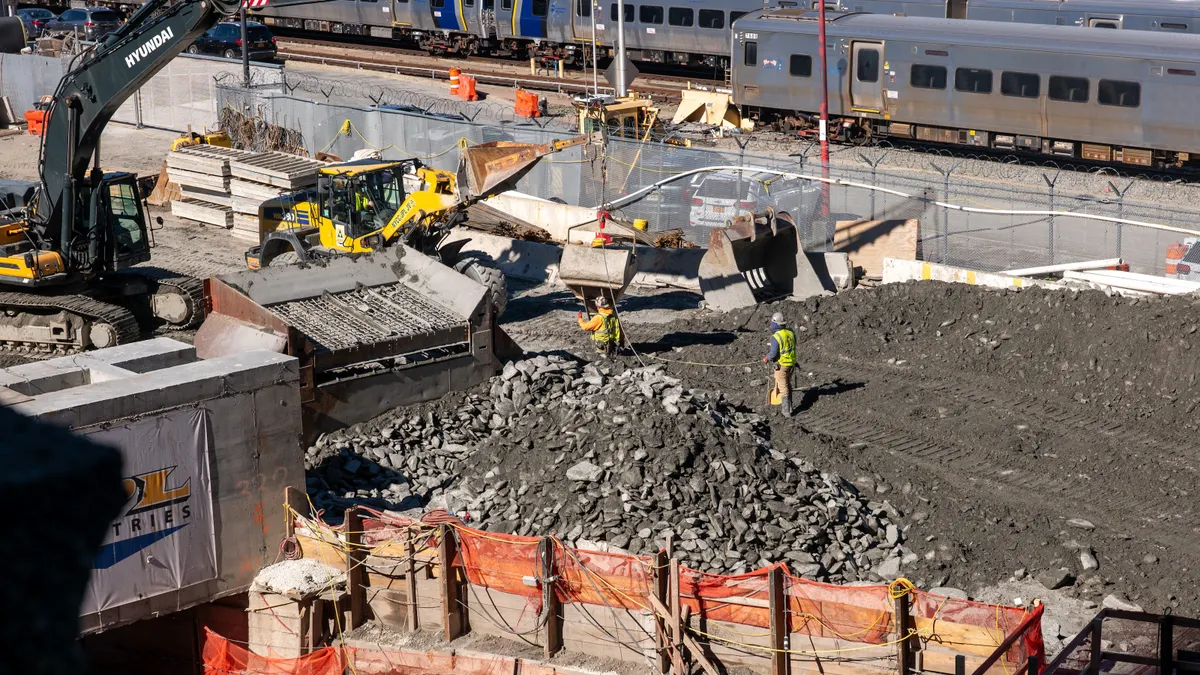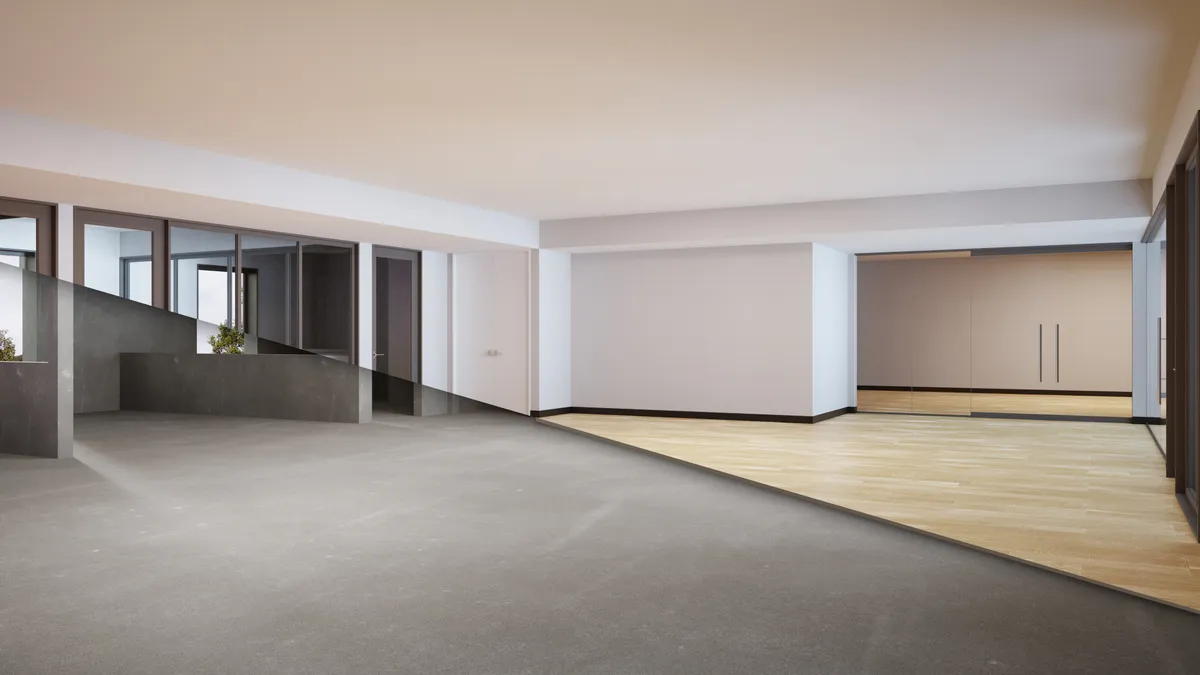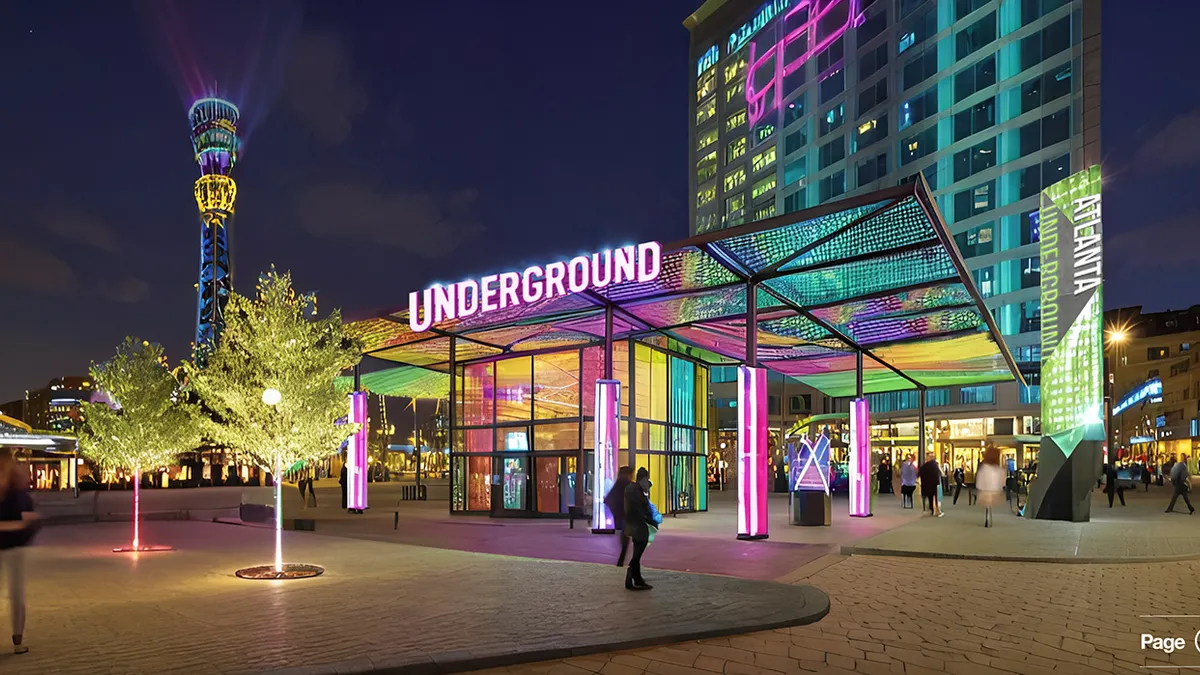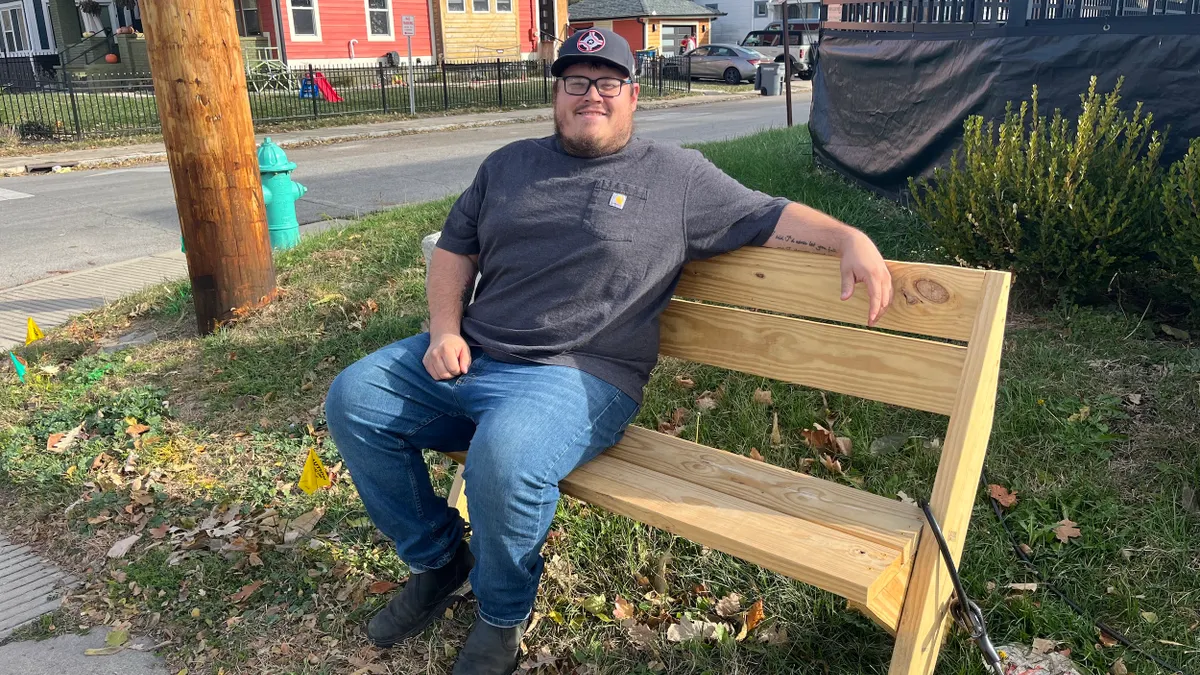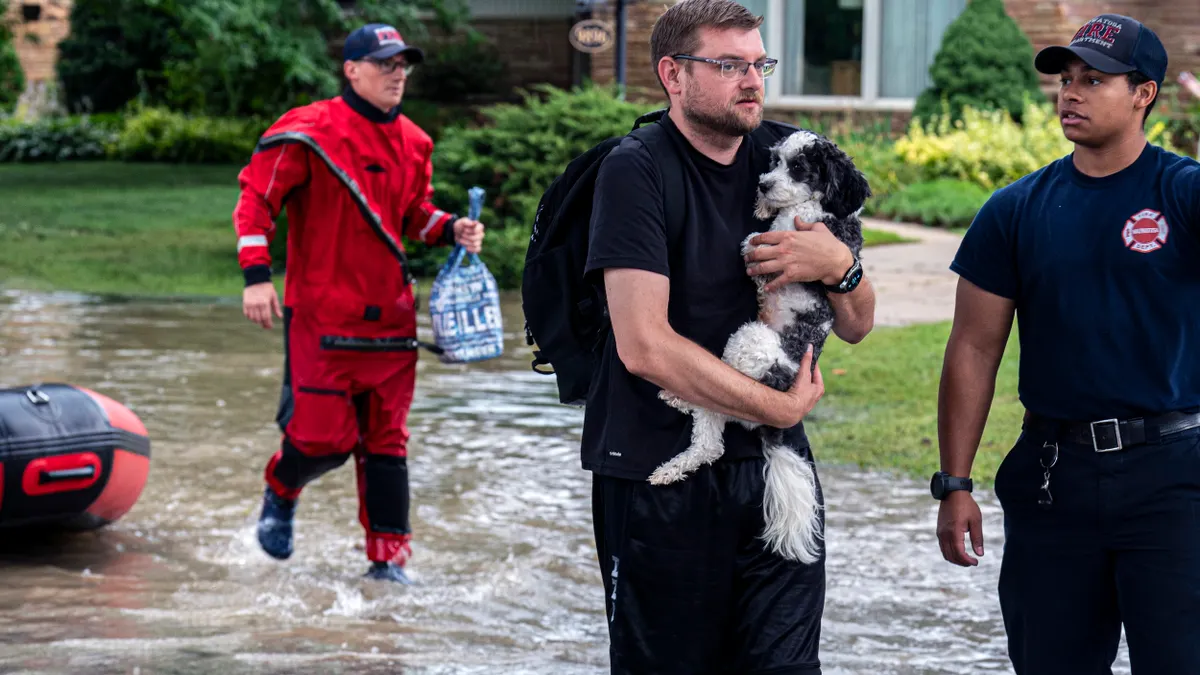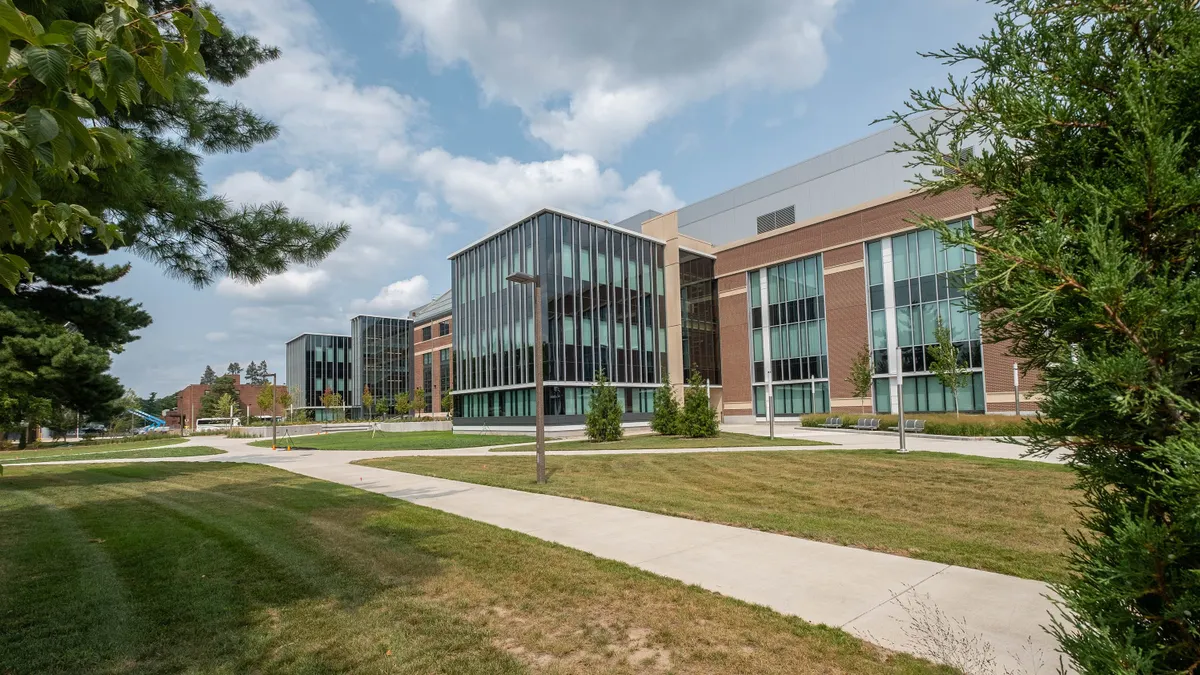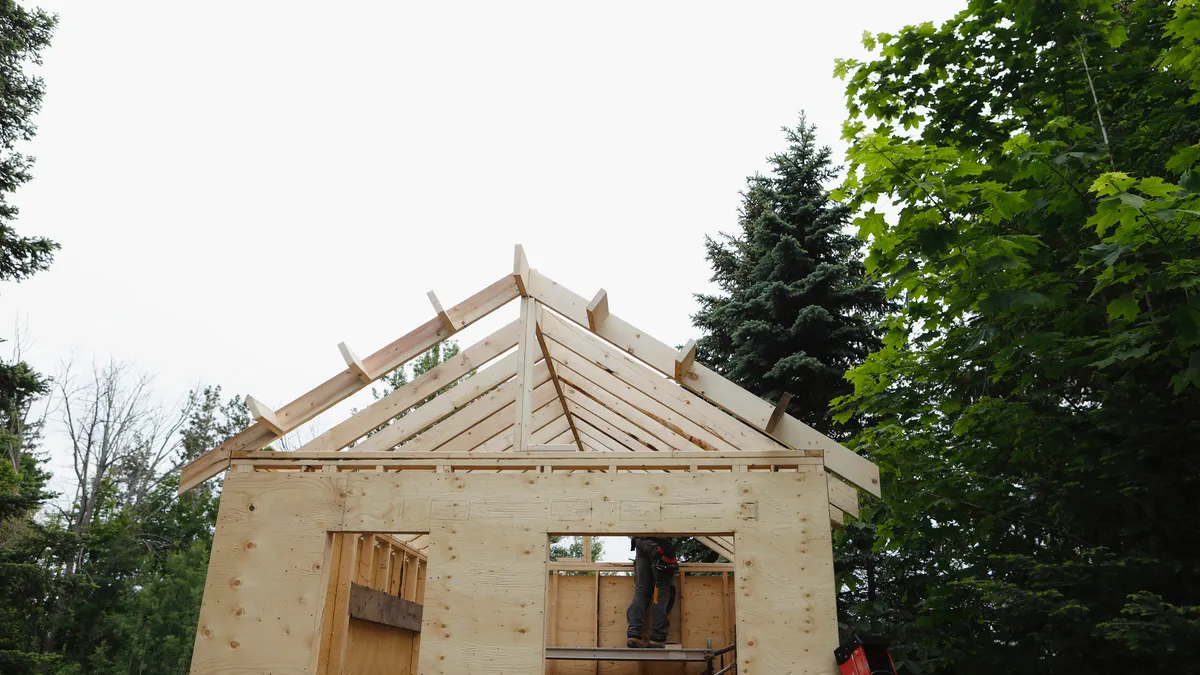Editor's Note: The following is a guest post from Todd Antoine, chief of planning and projects at Great Rivers Greenway.
City greenways aren’t just spaces of beauty in a sea of cement. These imaginative design projects are popping up in cities across the U.S. to drive economic growth, empower local businesses and connect communities, as municipal leaders rethink urban development.
What these leaders must keep in mind is that the power of a greenway goes far beyond its good looks. When planning and implementing greenways, leaders should do so with the potential for social and economic change in mind.
To have a truly vibrant and thriving city, you need spaces where all people are welcome, feel safe and can experience the outdoors. Greenways serve as an open invitation for people to gather, exercise and explore their communities. More and more, these are the perks people look for when deciding where to live, work, build their businesses and even attend school.
For instance, in cities outside of major tech destinations, districts are popping up as hubs for technology and innovation — such as the Cortex Innovation Community in St. Louis. Companies coming into these spaces need to attract talent and employees, and much of the potential talent pool will look for vibrant outdoor spaces and the ability to get around without a car. When cities can provide that and connect different neighborhoods to tech or other job hubs, they encourage a bustling workforce and a stronger economy.
What’s more, greenways can help connect people in dispersed neighborhoods to these parts of the city. By connecting more people to public transportation access points and job hubs, greenways are able to expand the radius that individuals can access for work. Greenways are also often complemented by counters that help to measure usage and impact, and data patterns show that, rain or shine, there are people using certain greenways to get to work every day.
Greenways can and do bring widespread benefits. The Indianapolis Cultural Trail, for example, has generated more than $300 million in new development; created a teen workforce and volunteer program; implemented a bike-share program; and increased property values, customers, and revenues for destinations along the trail. The Atlanta BeltLine and New York High Line share similar stories.
All of these places are beautiful and have shown the partial power of greenways — but have also struggled with mitigating negative, unintended consequences such as displacement and gentrification.
One model to watch, specifically, is the 11th Street Bridge Park Project in Washington, DC. As we develop greenways throughout the St. Louis area, we’ve looked to this project as a guide for creating coalitions and bringing partners to the table to address important issues, such as equity, from the start.
City leaders should think through workforce development, affordable housing, and other tactics when building their strategies, budgets and visions for infrastructure projects. Major infrastructure will impact people nearby; it’s incumbent upon project leaders to guide that impact through strategy and the project’s influence, partners and potential so it benefits both current and future stakeholders.
Greenways can be a beautiful breath of fresh air in metro areas, but when planning and building them, policymakers, sustainability directors and municipal leaders all must realize their full potential for social and economic impact. The following strategies are excellent places to start:
1. Listen up
Your community has ideas, and greenways belong to the community. So why shouldn’t the community help create them? Involve your city’s residents, small business owners, elected officials and community organizers in the planning process. Share your direction, hear feedback and use it. Don’t be afraid to tweak your plan to better fit the true needs of your community members; they’ll be the ones using the greenways, after all.
A listen-and-implement strategy helps to ensure successful outcomes that might be dependent on changes in behavior or habits that you might not have known otherwise, such as traffic patterns to a business district. Plus, the more people see that you value their feedback, the more they’ll support the project, become champions, and mitigate opposition.
2. Learn from others to avoid mistakes
Greenways aren’t a new idea, so leverage the experience others have gained in creating them. Project creators will often share their design guidelines, operations and maintenance best practices, and lessons learned on their websites. There’s certainly no lack of standards to base your own designs on.
Dive into case studies, talk to peers and attend conferences and webinars to learn as much as you can, then use that information to inform your own greenway planning and design. This strategy can help you avoid costly mistakes or missed opportunities and create a high-quality project and process.
3. Coordinate with others
No project exists in a vacuum. Just as greenways connect communities, developing them also creates a crossroads where multiple sectors must come together. From various departments in the public sector to private companies, nonprofits and community groups, it has to be a team mentality.
Ultimately, you can all make it easier for each other by working together, combining construction efforts, going after a grant as a group, or sharing design ideas. Your constituents will appreciate a coordinated effort, and it’ll reflect positively on your leadership. In our experience, taking a group approach can enhance a project’s final result and reduce the budget to complete it. Joining forces has created a stronger sense of long-term sustainability.
4. Plan for long-term success from the get-go
Act, don’t react. Rather than building a greenway, waiting for it to be successful and then figuring out how to maintain or expand it later, start to plan for the future now.
Who will manage operations and maintenance? What does their capacity, skill level and budget look like? Calculate life cycle costs, budgeting for both routine maintenance and repair and replacement reserves. Sometimes, this involves partnerships. In other cases, you may lean on volunteer efforts. No matter the tactics, having a plan generates trust with the community and ensures that the project will be sustained in the long term.
When people come together to eat, explore, entertain and support one another, that shared experience creates excitement and joy within your city. We want to build open, welcoming outdoor spaces that invite people to enjoy and better their lives — whether that means connecting them to better jobs or giving them a place to relax. Your greenway can be a catalyst for improving the lives of your residents in many ways. Plan, design, and implement greenways with that in mind, and you can make a significant difference beyond just beautifying your city.


